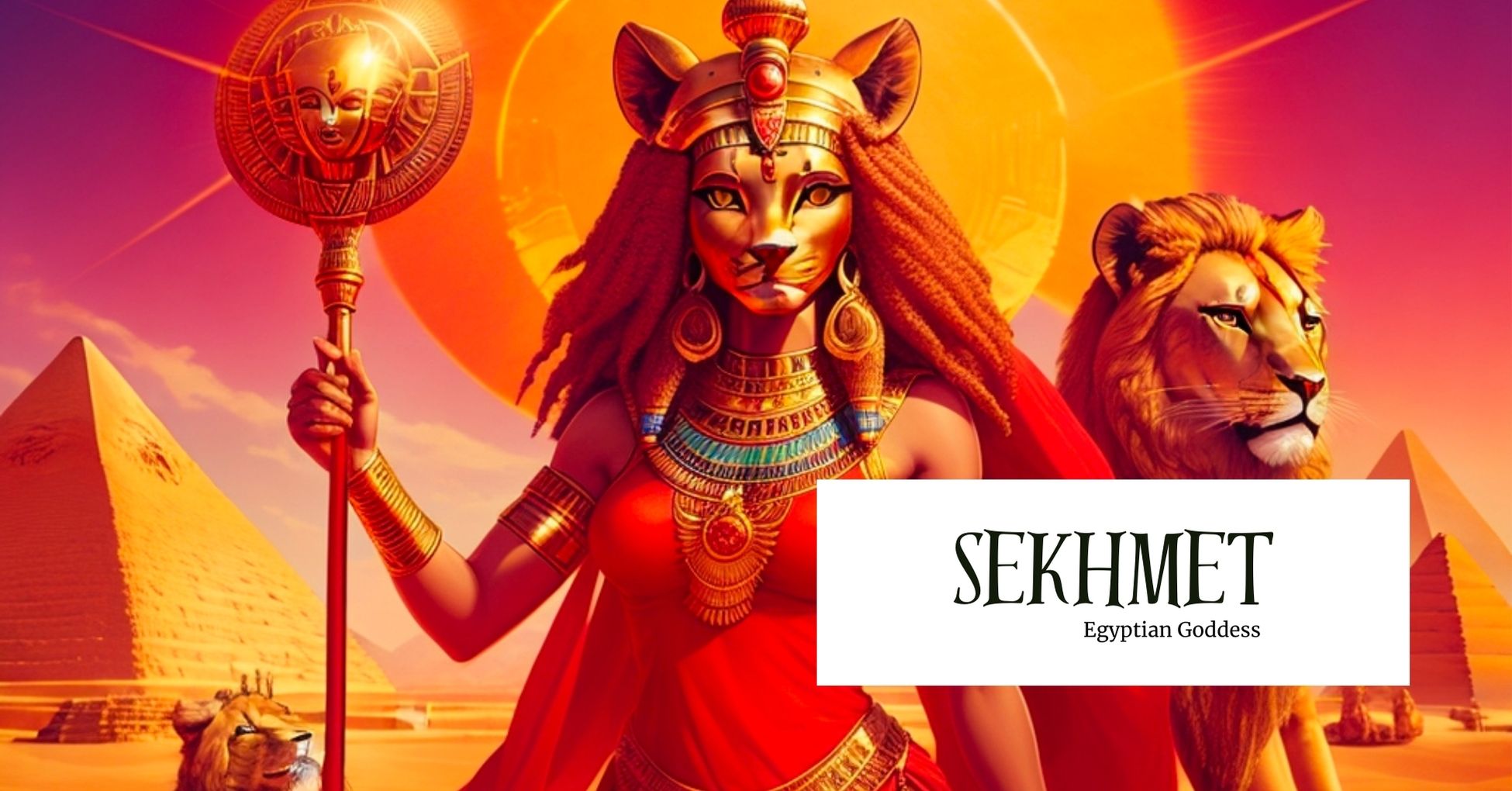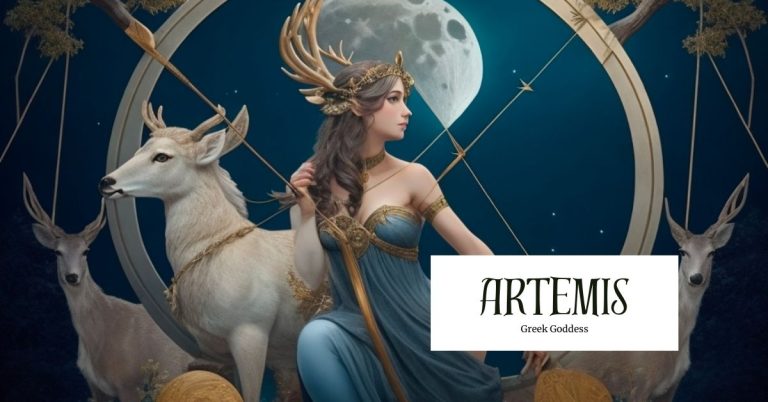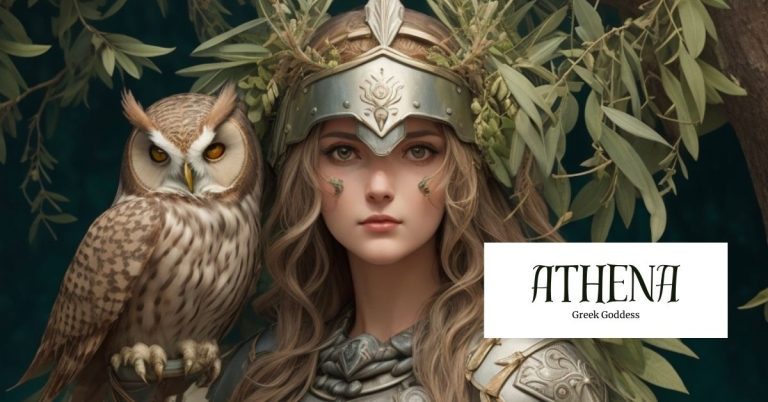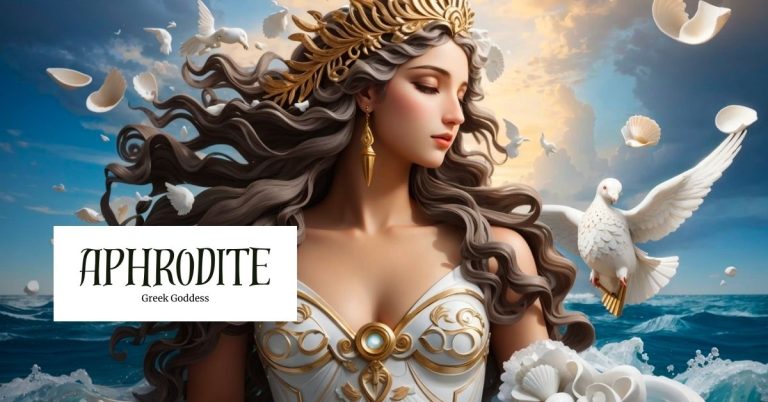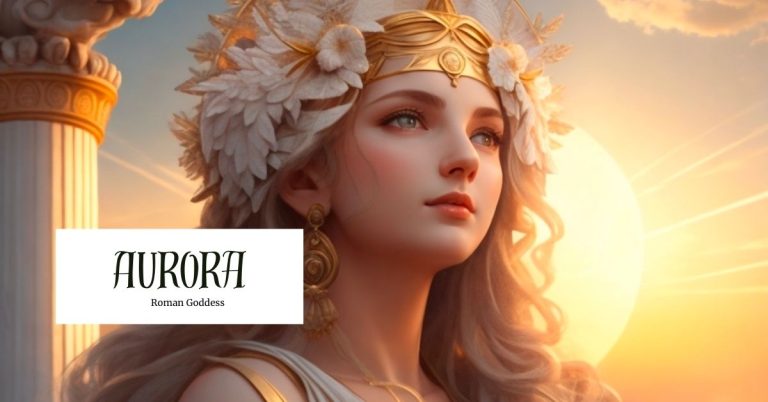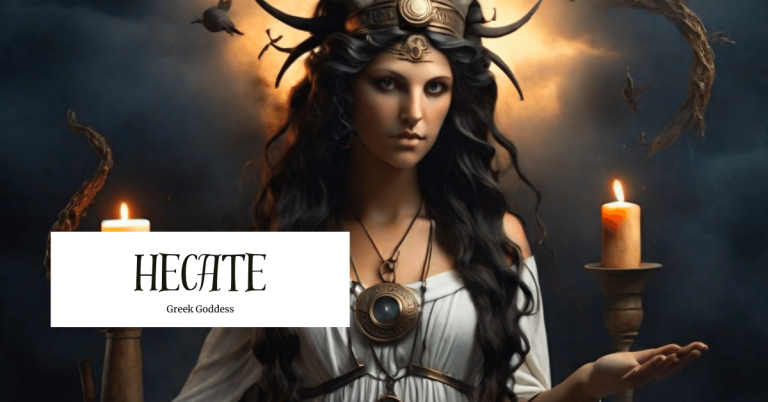Sekhmet: Goddess of Destruction and Healing
In the stark contrast between destruction and healing, the goddess Sekhmet is one of the most popular and most important deities in ancient Egyptian myth. Referred to as the one who loves power and the one who protects the law, Sekhmet is a feared and respected force for the ancient Egyptian population. Her love of the law can lead to the destruction of humanity but also provide a sense of healing. Sekhmet’s complex nature and boldness of a lioness goddess make her and her story so intriguing, dating all the way back to 2300 BCE.
From EgyptianMuseum.org
Sekhmet Overview
According to Egyptian mythology, the lioness Sekhmet was one of the most prominent goddesses in Egyptian history. She is depicted as a woman with the head of a lion wearing a sun disc. The goddess of hot desert sun, plague, chaos, war, healing and many more, Sekhmet was an equally feared and respected goddess, thought to be the daughter of Ra, the sun god. Her name is derived from the Egyptian word “sekhem,” which means “power” or “might.” Sekhmet was mentioned multiple times in “The Book of the Dead,” an ancient Egyptian funerary text, both as a destructive force and as a respected source. It is possible that Sekhmet was derived from North African descent and has a distinct Egyptian and Nubian identity, and was not well received from the Graeco-Roman community.
Sekhmet’s first mention appears in The Pyramid Texts, ancient Egypt’s oldest known inscriptions found within some of the earliest pyramids, dating back to the Old Kingdom. The insides are covered with columns upon columns of intense hieroglyphic text. Sekhmet is first mentioned here by her name in connection with two other feline goddesses. In some of the text, it is said that the Pharaoh was conceived by Sekhmet, and birthed by another goddess. Although this is her first mention, it is most likely that she already had a strong mythological following before these inscriptions were written.
Titles
Some of her titles and other names include “She who is powerful,” “The One who loves Ma’at,” “One who has control,” “Protector of Ma’at,” “Lady of Terror” and “Lady of Life,” and “Red Lady.” Ma’at refers to the ancient Egyptian law and order system. Although she has many, many titles, most of them relate to her strength and her determination for human order. Other titles also relate to how she was feared by people, as well as how she was a healing source for people.
Abilities
Sekhmet is said to have many extreme abilities, one notable one being the ability to breathe fire. She was believed to have the ability to cause plagues, but also the ability to stop diseases. The ancient Egyptians believed that Sekhmet had the ability to cure every problem, so in order to stay on her good side, they would offer her food and drink, burn incense for her, and play her music. The phrase “blood thirsty” is often associated with Sekhmet because of her origin story and the destruction to humanity she brought.
Characteristics
Sekhmet has the body of a human woman and the head of a lion. She is often depicted wearing red—which symbolizes blood. Sekhmet was often seen with the goddess Bastet, who took the form of a cat. Bastet was sometimes considered Sekhmet’s counterpart, embodying the sun’s nurturing rays compared to Sekhmet’s mainly destructive ways. The two can be seen together in a recovered statue residing at the Art Institute of Chicago. Sekhmet and Bastet can be characterized as one goddess, each representing a unique and juxtaposing side of her. Sekhmet’s relationship to Bastet is complex and is mentioned in many sources—although not all are the same information, the general consensus is that Sekhmet and Bastet are deeply connected and are a yin and ying duo in Egyptian mythology. Bastet was mentioned in The Pyramid Texts at the time Sekhmet was.
Sekhmet’s character seemed to be built around the waters, deserts and intensely hot sun in Egyptian landscape, especially in relation to her fire breath, rivers flowing with blood and her other destructive ways. Sekhmet’s representation as a lioness is not a mistake. Sekhmet is one of the most popular and recognizable Egyptian lionesses, which also symbolizes her fierce and bold self. Lion imagery was common in the predynastic period of Egypt and can be found carved on ceremonial palettes. Ceremonial palettes were inferred to be used as a plate to grind cosmetics in order to suit up for hunting rituals.
Traits
Although she is associated with fear and chaos, Sekhmet was well respected and was an advocate for justice. As seen in her origin story, Sekhmet can be full of rage and determination that is threatening to human life. Her terrifying and untamed nature sparked lots of fear to the Egyptian population and is still able to represent the many fears of humanity today. Many other female Egyptian deities and goddesses have qualities of kindness, beauty and fertility. Sekhmet is unique because of her destructive nature and her ability to strike fear in any person. Her strong and bold traits make her a special, yet highly respected and important, part of Egyptian mythological history.
From MetMuseum.org
Symbols
In some representations, Sekhmet is seated and is holding the ankh of life, one of the most famous and widely used symbols in ancient Egypt. Sekhmet holding the ankh of life could represent her providing life and fertility through the yearly Nile floods. Representations of her standing show her holding a scepter made of papyrus, which is the symbol of northern or “Lower Egypt.” The sun disc above her head marks her as the defender of the sun. The uraeus, a symbol of power worn on the headdresses of Egyptian deities, by Sekhmet’s forehead signals her as the royal daughter of Ra. The color of her robes that she wears are typically red, to symbolize blood.
Festivals and Rituals
At the beginning of the year, the Egyptians held an annual festival of intoxication where they drank large quantities of wine, which imitates the drunkenness that stopped the wrath of Sekhmet when she almost destroyed humanity. Betsy Bryan, an archaeologist with John Hopkins University, excavated the temple of Mut in Luxor and presented her findings of the festival of intoxication in 2006. Illustrations showed the priestess getting served an extreme amount of wine, indicating mass participation in the festival. Important figures such as doctors can be seen participating in the festival, meaning that Sekhmet was widely respected among all professions.
Legends associated with Sekhmet
A multitude of stories based on Sekhmet are far and few between, but her origin story is a memorable and distinguished story that resulted in a festival celebrated by all. With most myths, there are variations and alternating versions that add to the mystery of the story.
Origin story
Sekhmet’s origin story is caused by her father’s disgust with humanity. The original purpose of her creation was to punish humanity for its rampant and unjust ways, and then leads to an ancient festival based on Sekhmet and a well-respected name for herself that has survived to modern times.
The true origin story of Sekhmet is unclear. It is mentioned in myths that Ra, Sekhmet’s father, created her to destroy mankind because mankind was not upholding the laws of Ma’at, the concept of law and order during ancient Egyptian times. Ra took Hathor, another goddess, and sent her to earth in the form of a lion, who became Sekhmet. Sekhmet began her rampage on the human population, but was taking it too far. The fields ran with human blood and Ra needed Sekhmet to stop because he himself was not a cruel deity and saw too much damage being done. Sekhmet ignored Ra’s orders to stop, so Ra poured beer and pomegranate juice, which looked like blood, in Sekhmet’s path. She drank the mixture believing it was blood and became so intoxicated she slept for three days straight. When she awoke from her drunken state, Sekhmet was no longer blood thirsty and humanity was saved.
The love that birthed the sphinx
In another version of Sekhmet’s origin story, when Sekhmet awoke from her intoxicated state, the first thing she sees is Ptah, another deity, and instantly falls in love with him. Their union of creation and destruction resulted in their child Nefertum, who was associated with healing, and therefore reestablished the order of Ma’at. Another version of the myth of Sekhmet’s child is that Sekhmet and Ptah’s child is the sphinx, a moon god who is portrayed in mummy form.
The Mother of the Pharaohs
Mentioned earlier was that Sekhmet’s first recorded mention was in The Pyramid Texts where it is written that the Pharaoh was conceived from Sekhmet. This inscription and all historical elements of ancient Egypt suggest that Sekhmet also could be considered the mother of the Pharaohs and that these men would gain the title because of their connection to Sekhmet, as the Pharaoh in The Pyramid of Texts wrote. Sekhmet is a lover of law and order, so it is possible that her connection to the royalty and government of the Pharaohs is true.
Modern appearances
A statue of Sekhmet/Bastest lives at The Met named “Statue of the Goddess Sakhmet.” According to The Met’s website, this statue is one of the six hundred some statues created of the goddess during the reign of Amenhotep II. These statues can be traced back to the mortuary complex of the king at Kom el Heitan on the Theban west bank, and the Mut Temple Complex at Karnak on the east bank at Thebes. Other recovered statues and representations of Sekhmet live all over the world.
From artic.edu
According to the book Pagan Portals by Olivia Church, today Sekhmet is noted as the “Goddess of Healing.” Understanding ancient Egyptian deities, mythology and worship can be very confusing, as many of these deities crossed the lines between good and bad. However, Sekhmet’s modern title of the “Goddess of Healing” implies that this is one of her main occupations and what many people look to her as.
There are rituals and practices today that one can participate in to channel Sekhmet and work through fear and anger to seek healing or calmness. One book reads, “In this book you are guided through a shamanic ritual of alchemical transformation and initiation with Sekhmet, working with this powerful goddess to release your most deeply rooted negative behavior patterns and be reborn into a more purified state of consciousness” (Sekhmet: Transformation in the Belly of the Goddess by Nicki Scully).
Sekhmet Summary
Sekhmet, although an ancient Egyptian myth, gives humanity today a lesson to look back on and a mythical source as to what can happen to humanity if we ignore the law and order put in place meant to keep us safe and keep us stable. Sekhmet’s story is one of female power and respect, resulting in her becoming one of the most important goddesses in ancient Egyptian mythology.
Sources:
Sekhmet. Ancient Egypt Online. (n.d.). https://ancientegyptonline.co.uk/sekhmet/
Parikh, A. (2023, April 27). Sekhmet: Egypt’s forgotten esoteric goddess. History Cooperative. https://historycooperative.org/sekhmet/
Simon ConnorF.R.S. – FNRS – Université de Liège. (2023, February 11). The statues of Sekhmet: “mistress of dread.” ARCE. https://arce.org/resource/statues-sekhmet-mistress-dread/
Statue of the goddess sakhmet: New Kingdom. The Metropolitan Museum of Art. (n.d.). https://www.metmuseum.org/art/collection/search/544484
Campbell, Joseph. Goddesses: Mysteries of the Feminine Divine (The Collected Works of Joseph Campbell) (p. 169). Joseph Campbell Foundation. Kindle Edition.
YouTube. (2022, November 21). Sekhmet, lady of flame, eye of ra: An introduction to the ancient Egyptian goddess of war. YouTube. https://www.youtube.com/watch?v=sjJQyOgeWiY
Monaghan PhD, Patricia. Encyclopedia of Goddesses and Heroines (p. 22). New World Library. Kindle Edition.
Church, O. (2022). Pagan portals: Sekhmet: Lady of Flame, Eye of Ra. Moon Books.

